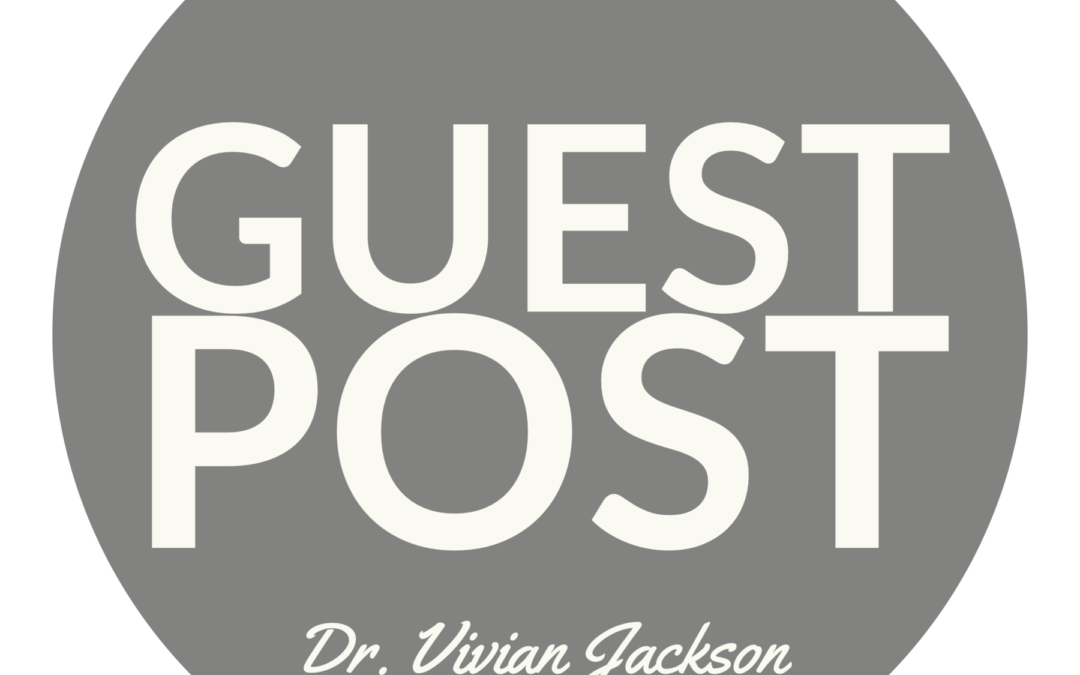
This Guest Post is provided by Dr. Vivian Jackson. With 37 years teaching in the Atlanta Public Schools system, Dr. Jackson now serves educators by providing resource through content development for the classroom.
Guest post by Dr. Vivian Jackson
Peer Review of “Education is Broken, Pt1”
John Williams begins his article, “Education is Broken” by stimulating us to engage in a comparative analysis of education today, and education in the mid 1900s. Initially, his focus is “the student,” who he views as so much more different today than 50 or 60 years ago. John moves on to describe today’s classrooms filled with educational technologies, which are expected to be education’s saving grace. He encourages us to engage in critical dialogue by questioning why education is broken in the 21st century.
John opens pages of his life to us as an example of a person who transcended the same struggles many of our students face daily. He says, “By all accounts, I should have been a kid in the system, criminal system that is.” Why did he have such an amazing journey, while others today are not so fortunate. John was motivated and throughout his journey, he was introduced to support systems. He encourages us to reflect on our lives as students.
John is accurate in questioning the identities of students today who are digital kids born into a world of ever-increasing technologies. However, he contends that educational methods are the same. John views the process as equally the same: “regurgitate our information back to us for a bottom line score.” We cannot deny the emphasis placed on standardized testing.
America was at the forefront in science and technology, and John says, we are no longer “turning out world-changing entrepreneurs like clockwork . . .” Moreover, the dropout rate among males is increasing. These are undeniable facts, which lead us to determine that “Education is Broken.”
John has dedicated himself to searching for an answer to the problem by engaging in the efforts of non-profit initiatives, juvenile justice organizations, and school mentoring programs. Through these experiences, he became aware of the need for a holistic approach to education in action.
John’s position is that “the social, emotional, and relational needs of every boy and girl, every human, who steps through our doors” are not being addressed. These needs may exist because of a breakdown of the traditional family, and extended family. Many of our students are from single parent or non-traditional families struggling to meet basic needs. Many of our students are from homes that are no longer the sites for teaching conflict resolutions, and healthy relationship development. Nevertheless, “One can argue that children demand a healthy support system, regardless of whether or not one is in place in the home life.”
My personal experiences attest to the fact that students are willing learners when another student is in the teacher’s role. It becomes positive peer pressure. Therefore, I understand why John is a strong advocate for the peer to peer method of Positive Youth Development.
John views education as a major tool, which ought to address students’ needs. Emphasis has been placed on a holistic approach. But, are we really implementing this approach? John’s article reminds me of Frederick Douglass’ quote: “It is easier to build strong children than to repair broken men.” We just need to fix what’s broken in education.
About the author
Dr. Vivian Jackson served Atlanta Public Schools for 37 years. Now, she has turned her sights toward resourcing educators through her work with Teachers Pay Teachers. Discover Dr. Jackson’s work by clicking here.
If you would like to connect with Dr. Jackson, she is active on LinkedIn.

